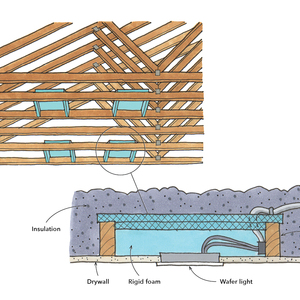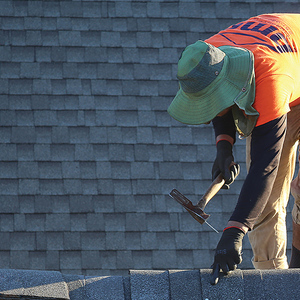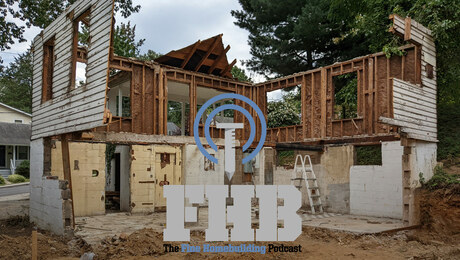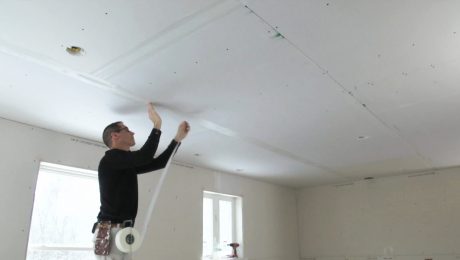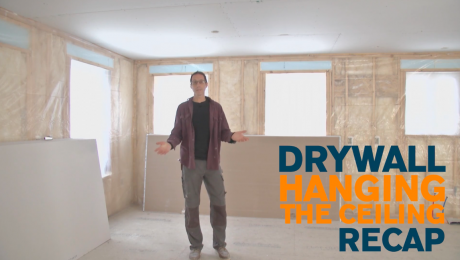Prevent Ice Dams with this Quick Trick
Proper insulation and roof ventilation can stop ice dams from forming, prevent damage and lower energy bills.
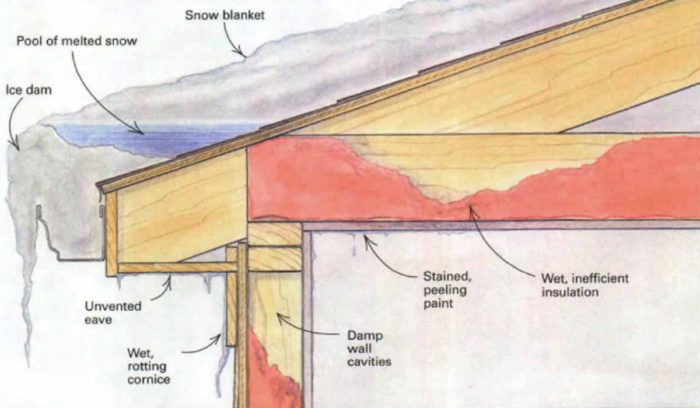
Synopsis: Owners of improperly insulated houses in cold parts of the country know all too well that ice dams along roof edges can lead to leaks and water damage. This article explains how to prevent this problem, with a sidebar on handling cathedral ceilings.
The call came on a sunny February afternoon: “The water line to my dishwasher burst, and I can’t shut it off. Can you help me out?” I rushed across town to find a former client stuffing towels into the kick space below his kitchen cabinets. I quickly shut off the water to the dishwasher, but nothing happened. Although there wasn’t a pipe anywhere near the leak, water still flowed. Puzzled, I made a brief investigation and found the source. The water running down the wall cavity was from an ice dam on the sunlit roof above.
This account is typical of dozens of ice-dam problems I’ve investigated as a builder, researcher and consultant. Although individual cases may look different and can result in different types of damage, all ice-dam situations have two things in common: They happen because melting snow pools behind dams of ice at the roof’s edge and leaks into the house; and they are avoidable. The symptoms can be treated and the damage repaired, but the key to dealing with ice dams is preventing them in the first place.
Ice dams form when melted snow refreezes at roof edges
Everyone living in cold climates has seen the sparkling rows of ice that hang like stalactites along eaves. Most people, however, don’t stop to understand what causes these ice dams until damage is done. Ice dams need three things to form: snow, heat to melt the snow and cold to refreeze the melted snow into solid ice. As little as 1 in. or 2 in. of snow accumulation on the roof can cause ice dams to form. Snow on the upper roof melts, runs under the blanket of snow to the roof’s edge and refreezes into a dam of ice, which holds pools of more melted snow. This water eventually backs up under shingles and leaks into the building.
The cause is no mystery. Heat leaking from living spaces below melts the snow, which trickles down to the colder edge of the roof and refreezes into a dam. Every inch of snow that accumulates on the roof insulates the roof deck a little more, trapping more indoor heat and melting the bottom layer of snow. Frigid outdoor temperatures guarantee a fast and deep freeze at the eaves.
There are a couple of reasons for the loss of heat from living spaces. First, on most homes rafters sit directly on top of exterior walls and leave little room for insulation between the top of the wall and the underside of the roof sheathing. Second, some builders aren’t particularly fussy when it comes stopping the movement of warm indoor air into this critical area.
Avoid expensive damage by recognizing the signs of ice damming
Ice dams cause millions of dollars in damage every year. Much of the damage is apparent. We easily recognize water-stained ceilings; dislodged roof shingles; sagging, ice-filled gutters; peeling paint; and damaged plaster. So check your home carefully when you notice any of these signs.
For more photos, drawings, and details, click the View PDF button below:
Fine Homebuilding Recommended Products
Fine Homebuilding receives a commission for items purchased through links on this site, including Amazon Associates and other affiliate advertising programs.

Fall Protection

Flashing Boot

Peel & Stick Underlayment




